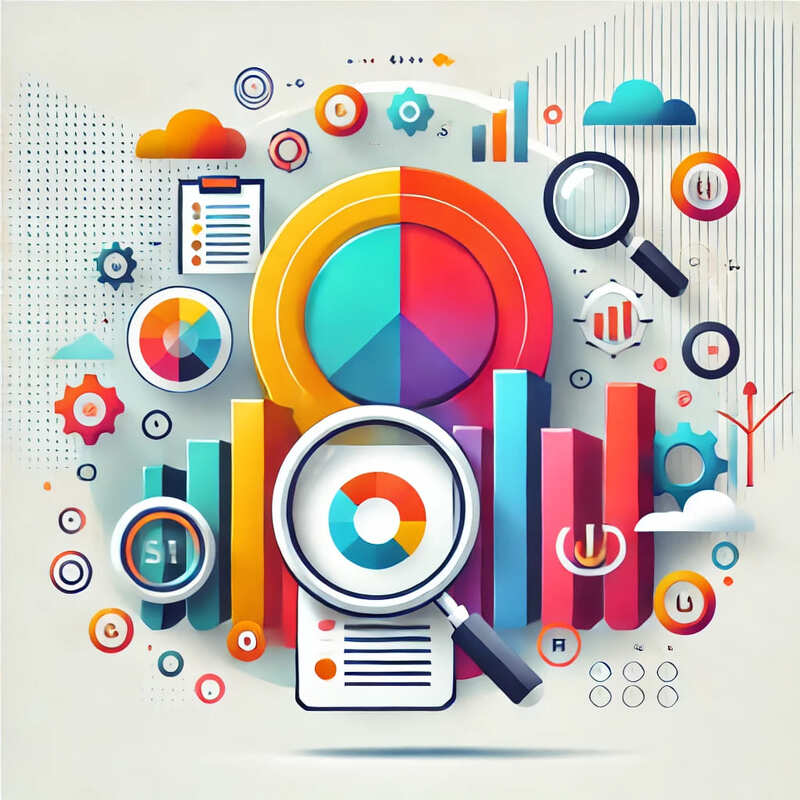
Introduction
In the digital marketing landscape, data is king. Analytics and reporting are the backbone of any successful marketing strategy, providing the insights needed to make data-driven decisions. This article aims to offer a comprehensive understanding of analytics and reporting, from basic metrics to advanced techniques, tools, and best practices.
The Importance of Analytics and Reporting
Analytics and reporting offer a way to measure the effectiveness of your marketing campaigns, understand your audience, and optimize for better results. They help you answer crucial questions like:
Key Performance Indicators (KPIs)
Data Sources
Types of Analytics
Advanced Techniques
Analytics Tools and Platforms
Reporting Best Practices
Real-World Use Cases
Regulatory Compliance
Conclusion
Analytics and reporting are not just about collecting data but about making sense of it. This module has equipped you with the knowledge and tools you need to leverage analytics effectively, ensuring that your marketing strategies are data-driven, optimized, and yield the highest ROI.